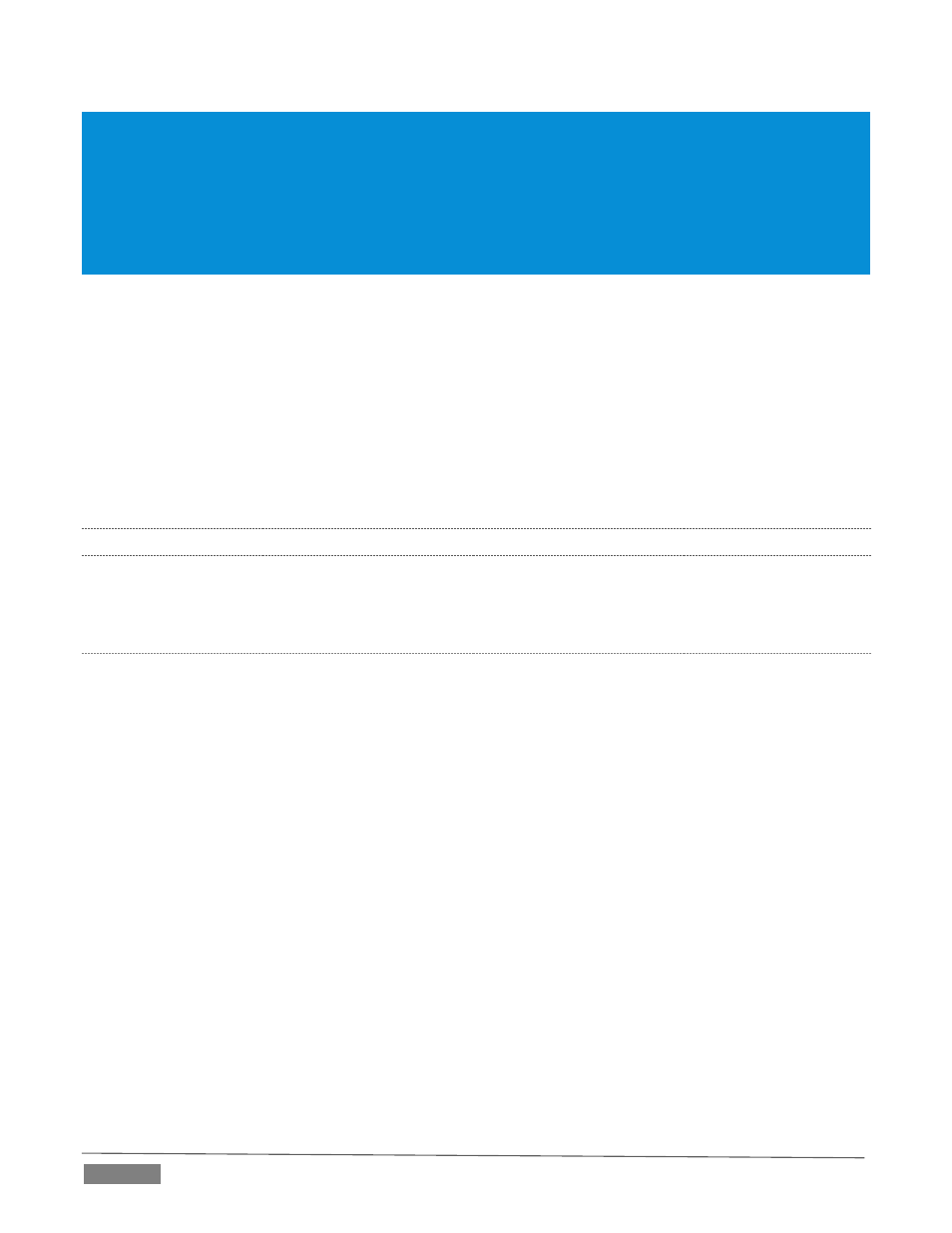2 windows media, Streaming – NewTek TriCaster Advanced Edition User Guide User Manual
Page 200

Page | 188
Even though you know that most of your audience is going to connect to your program using (relatively slow)
wireless devices, you use a very high outgoing bitrate – thinking that this will surely be enough to fill the need. The
fact is, though, a high bitrate actually ensures their experience will be poor!
The client player tries to play the stream at the bitrate you specified, but (in this example) the wireless bottleneck
impedes flow. It is as if you connected a fire hose on your end, giving them a suitable high capacity nozzle for their
end – but in the last stage of flow, the stream must pass through a small garden hose. Sadly, the stream will be
quite insufficient, and output from the ‘nozzle’ (the client player) will falter badly.
For reliable performance, try to ensure the potential upload bandwidth from your system to the net is around
twice the bitrate you choose. You can broadcast at a rate closer to your actual ceiling, but reliable
performance cherishes headroom.
Also consider the expected download abilities of your viewers. Ideally, a safety margin 1.5 times the stream’s
bitrate is desirable. This may mean you need to consider using a lower resolution, or lower framerate for
your stream – but doing so when required will generally deliver a smooth result, and is the wise course.
(Nothing inclines viewers to turn away quicker than a stuttering, start and stop stream. See “Speed Tests” in
Section 18.8.1 for some useful resources.)
18.6.2
WINDOWS MEDIA
®
STREAMING
Let’s talk briefly about the two Windows Media
®
streaming methods, known as Pull and Push. Choosing the
best method for your needs is important. Let’s review each, and consider what is best for your needs.
P
ULL BY
E
ND
U
SERS
Simply put, the Windows Media Encoder
®
in TriCaster allows your (networked) audience to connect directly
to it, and it distributes the stream to them.
Connecting in this manner requires you to have a connection with sufficient bandwidth to deliver a stream
to each individual user. For this reason, the simple Pull streaming method rarely works well for more than
1 or 2 viewers.
Advantages:
o
When TriCaster is not behind a firewall or does not have a public IP address, this is a very
simple way to let a few viewers watch your program stream.
Disadvantages:
o
Requires either a public IP address or requires users to be on the same network. Facilities
such as hotels or convention centers will usually not provide a public IP address. Even if they
do, getting them to open holes in their firewall is next to impossible.
o
If TriCaster is behind a router, your router must be configured to ‘port forward’.
o
Requires significant bandwidth -- for example, with TriCaster connected to the Internet by a
DSL or Cable Modem line, upload bandwidth is often less than 400kbits/second. Allowing for